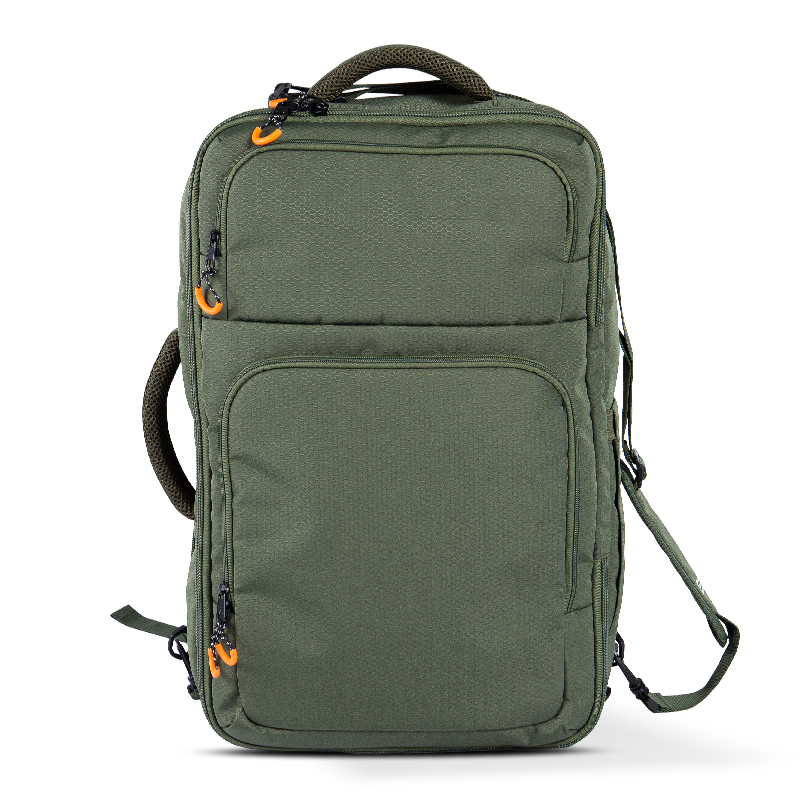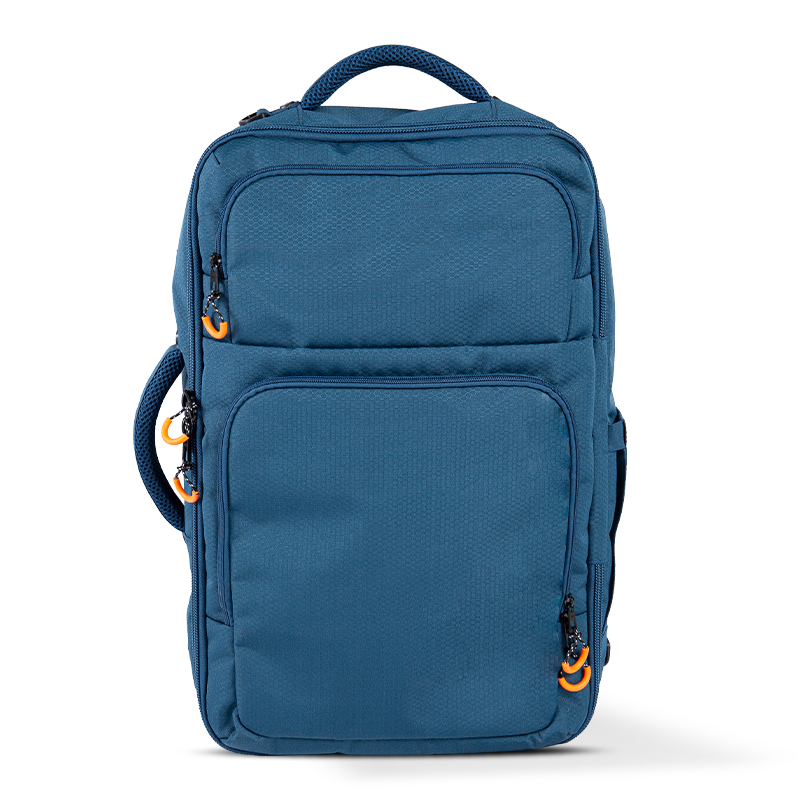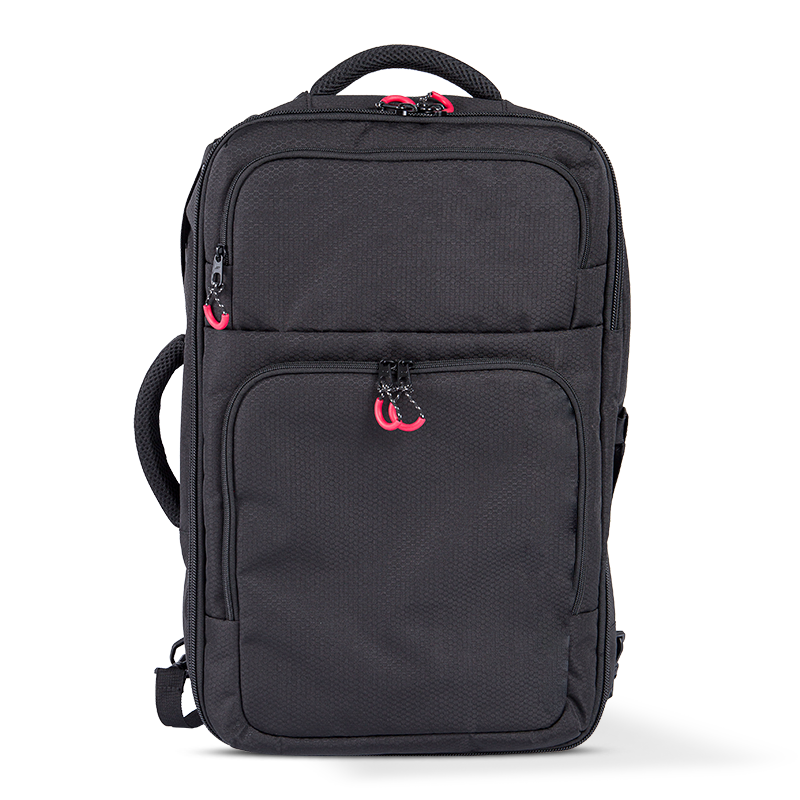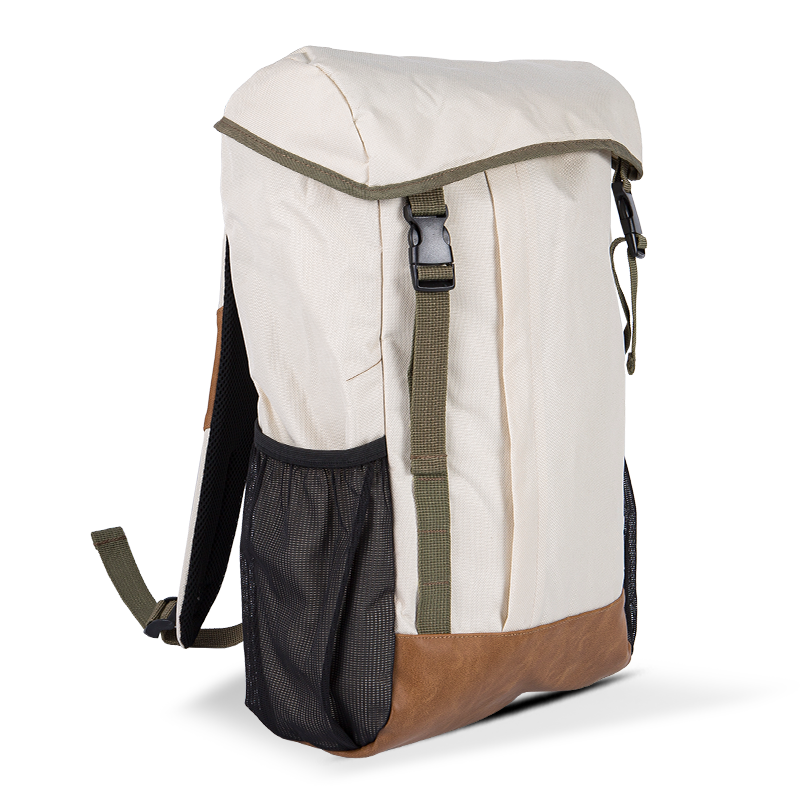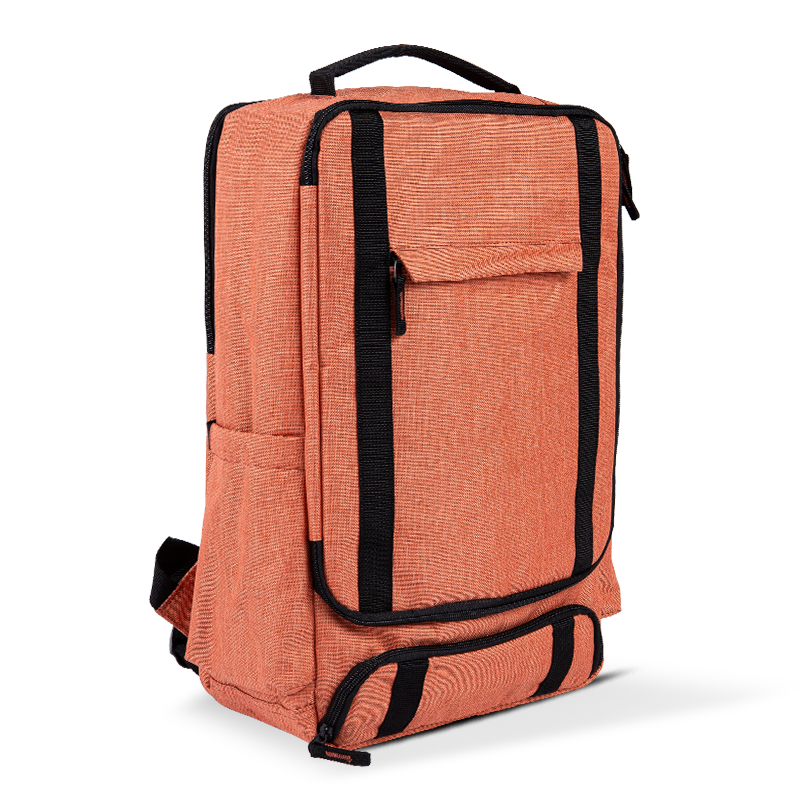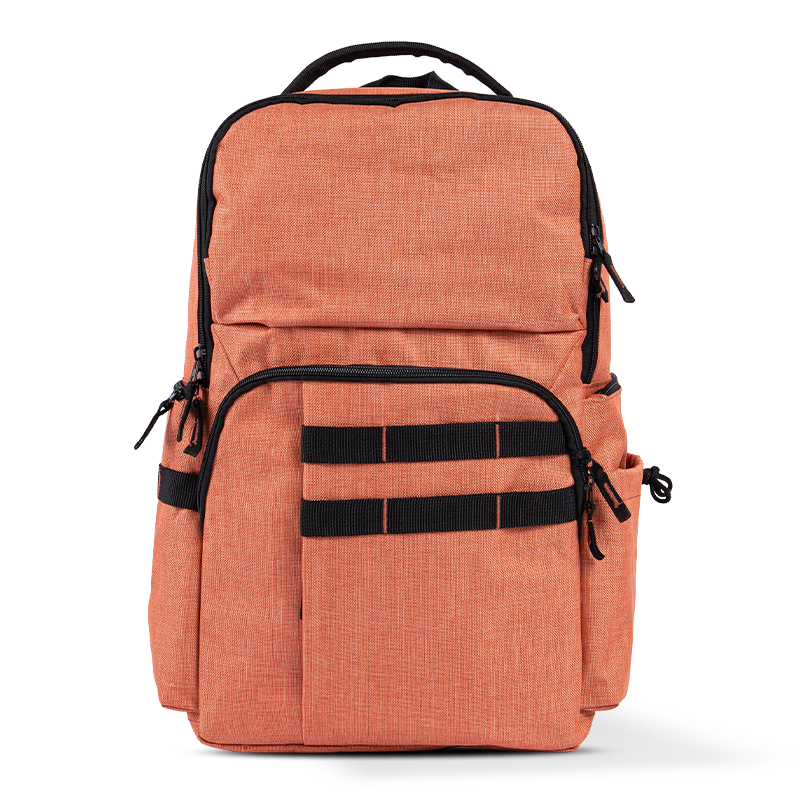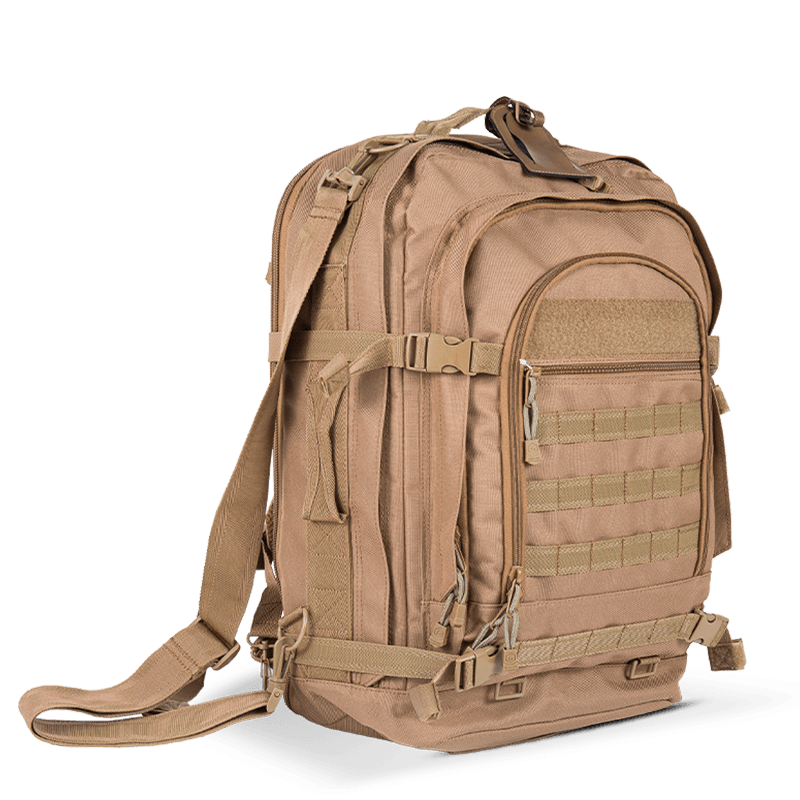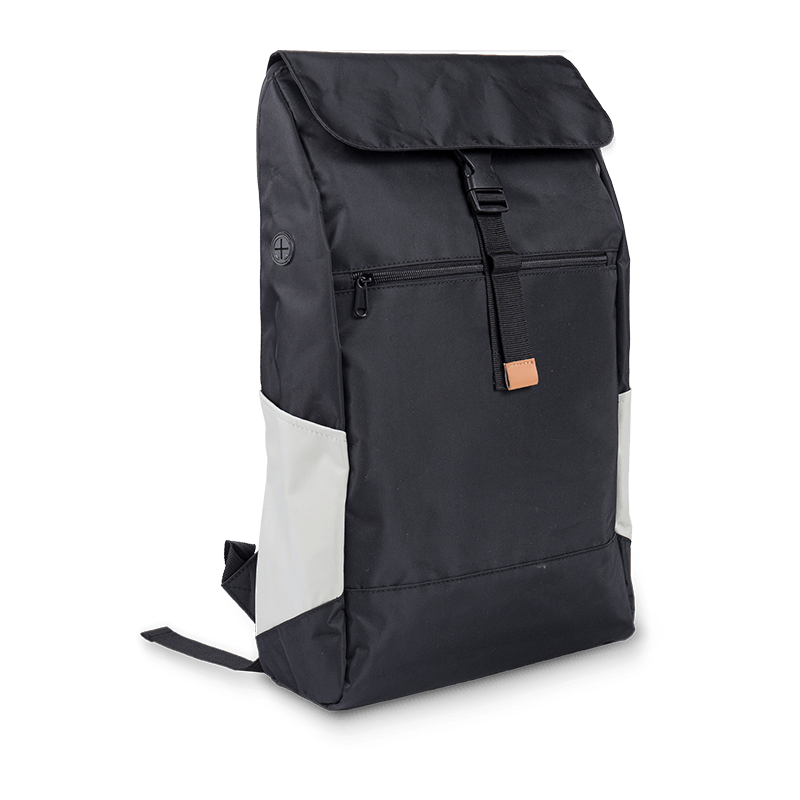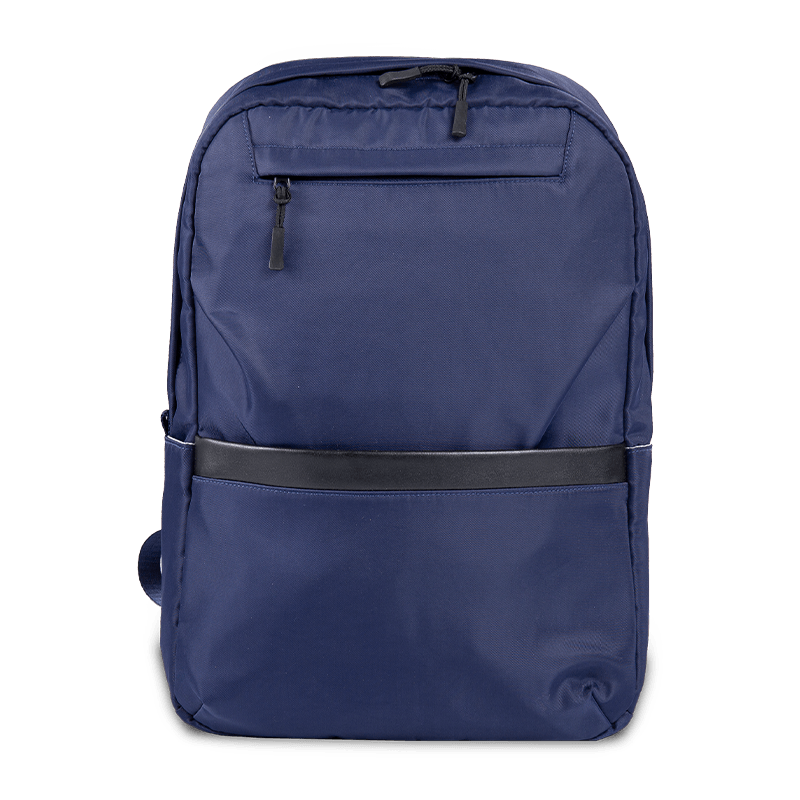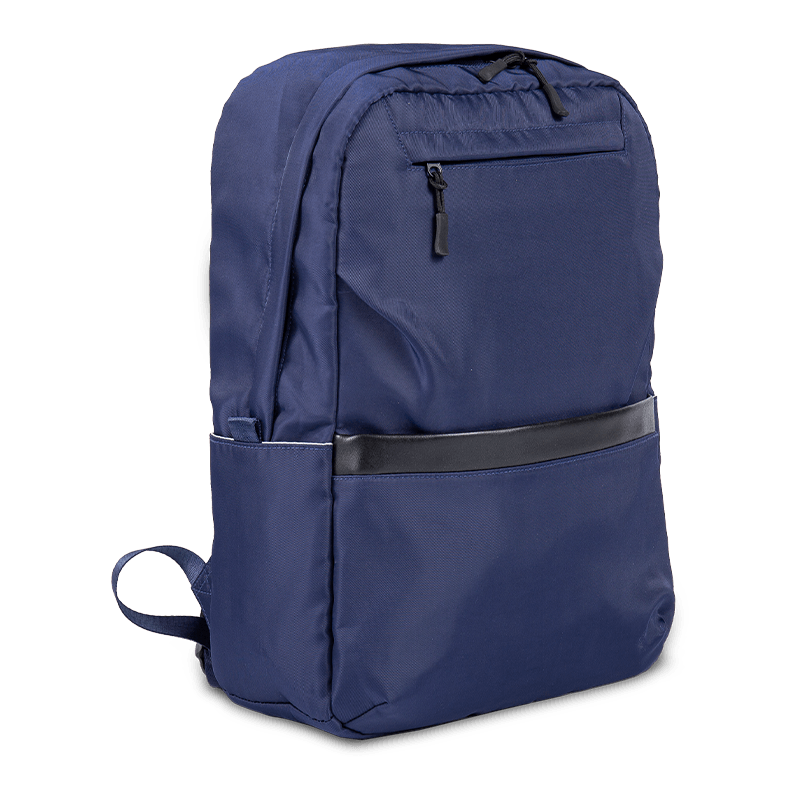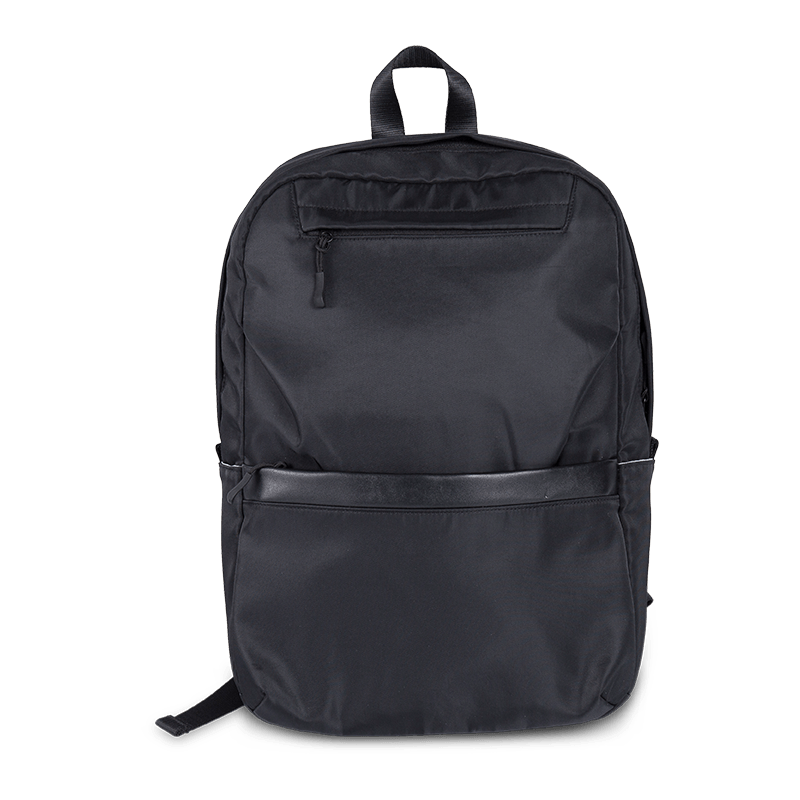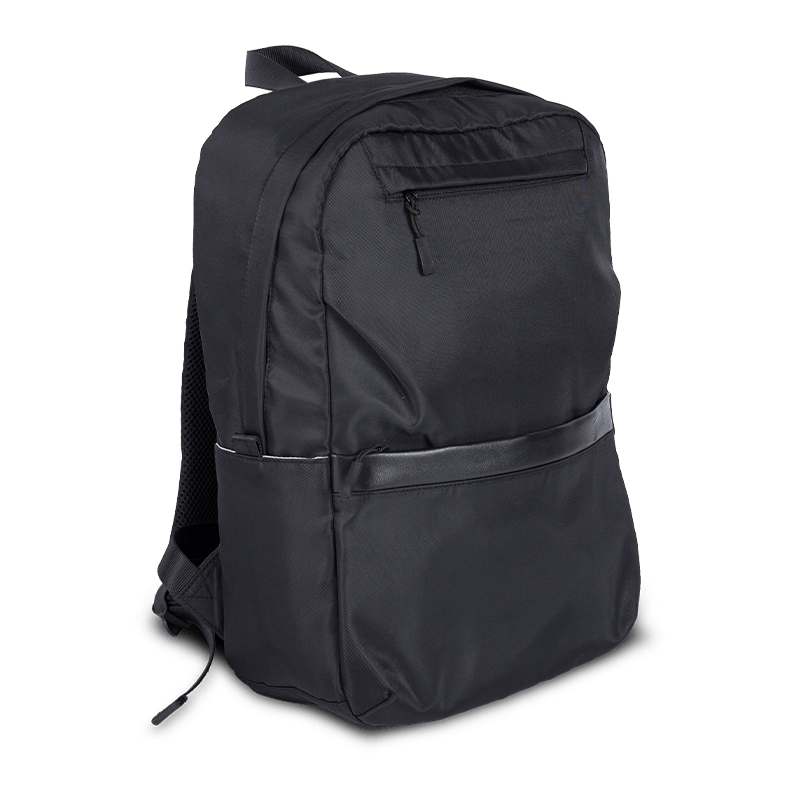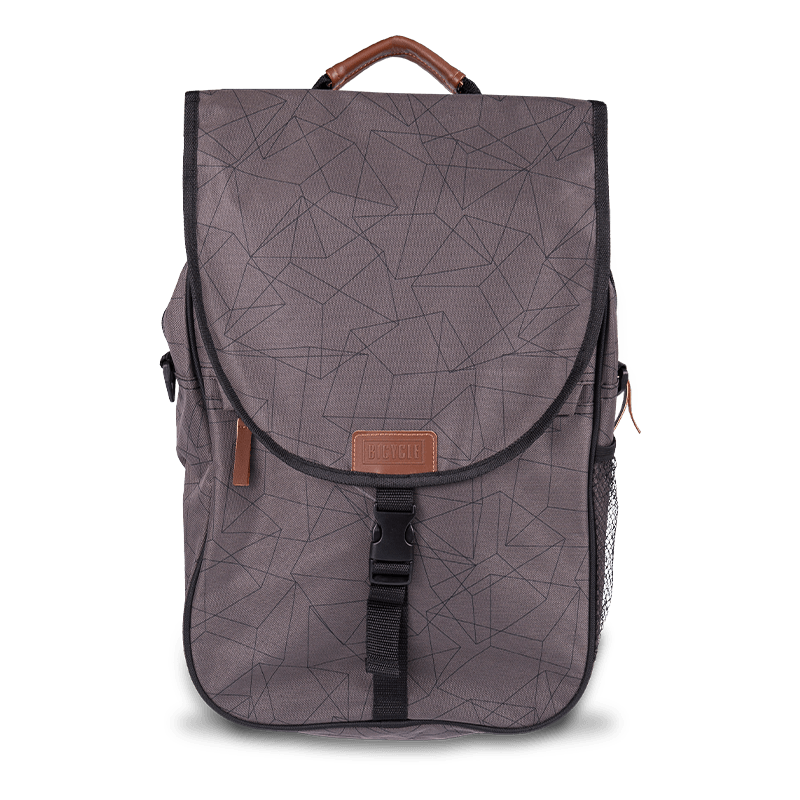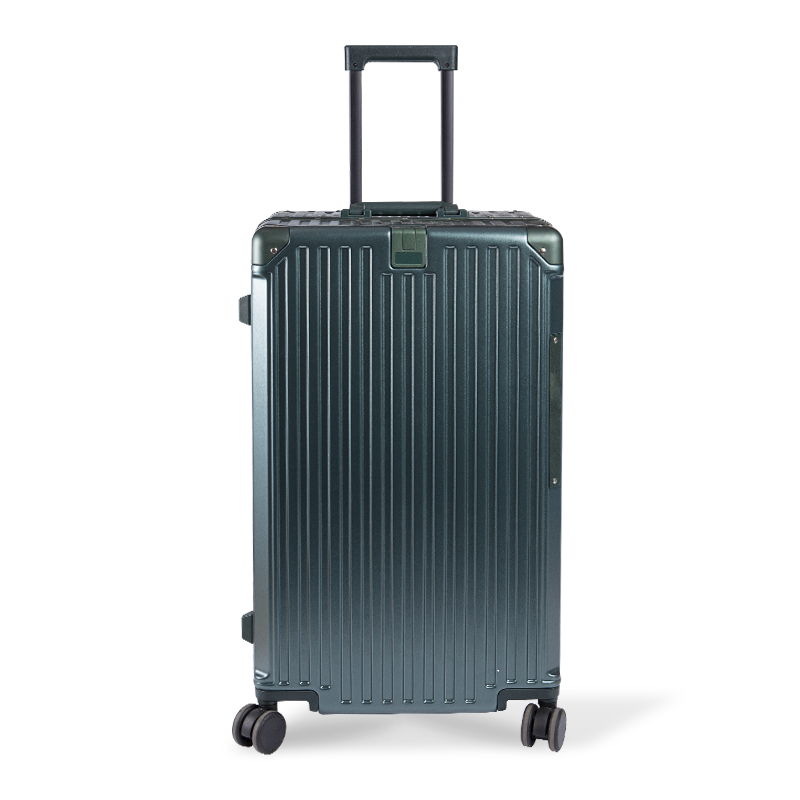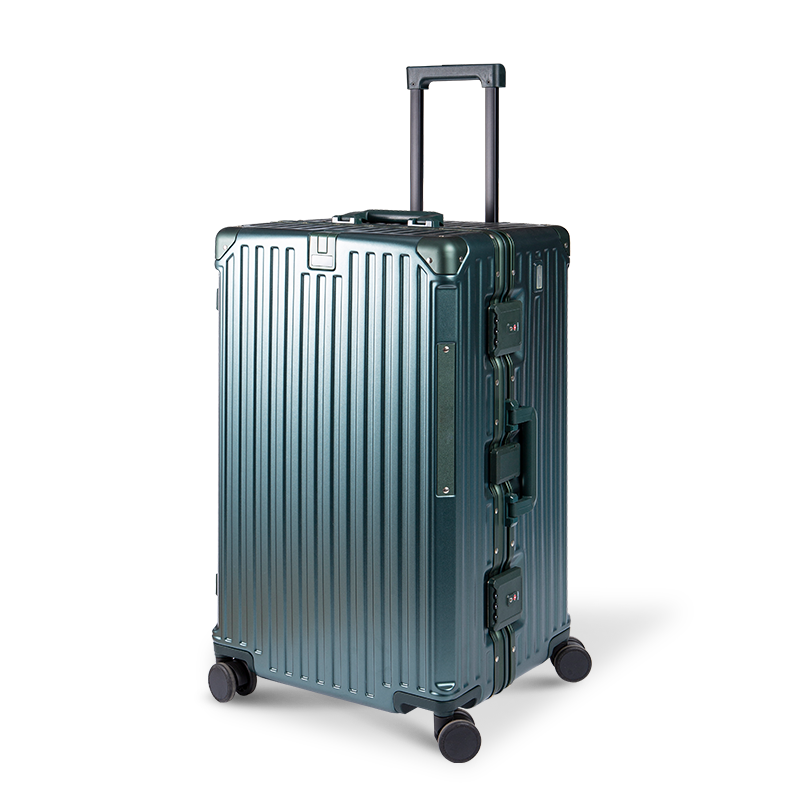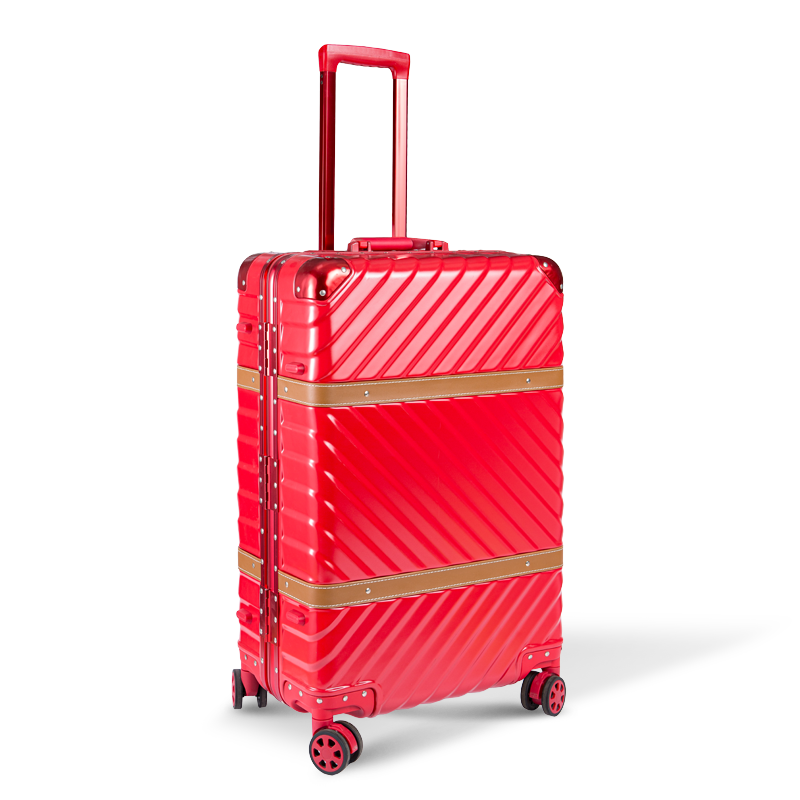Military backpacks are designed to serve soldiers in a variety of demanding environments. From deserts to jungles, snowy mountains to wet forests, these backpacks are tested to withstand harsh conditions. For anyone considering using a military backpack for hiking, camping, or survival situations, understanding how these backpacks perform in extreme weather is essential.
Materials and Construction
The foundation of a military backpack’s performance in extreme weather lies in its materials and construction. Most military backpacks are made from high-quality fabrics such as nylon or polyester. These fabrics are often treated with water-resistant coatings or laminated with polyurethane to prevent moisture from soaking through. Ripstop nylon is a common choice because it is lightweight yet highly durable. The weaving technique of ripstop fabric also prevents small tears from spreading, which is crucial when navigating rough terrain.
In addition to fabric, the stitching and seams of a military backpack play a significant role in weather resistance. Double or triple stitching is frequently used to reinforce critical points. Seams are often sealed or taped to prevent water from entering through the stitching lines. High-stress areas, such as where straps attach to the main body of the backpack, are reinforced to prevent failure under heavy loads or in wet conditions.
Design Features for Weather Protection
Military backpacks incorporate several design features aimed at protecting the user’s gear from extreme weather. One common feature is a roll-top or flap-over closure. These closures create an additional layer of protection against rain and snow. Zippered compartments may be covered with storm flaps or waterproof barriers to reduce water intrusion.
Some military backpacks include built-in rain covers. These covers can be deployed quickly when sudden rain occurs, providing full coverage for the backpack. While not all backpacks include this feature, many high-end models provide the option of attaching a separate rain cover.
Drainage grommets are another important feature. These small openings at the bottom of compartments allow water that enters the backpack to escape, preventing it from pooling and soaking the contents. This feature is particularly useful in wet environments where the backpack may come into contact with puddles or snow.
Temperature Resistance
Extreme weather does not only mean rain or snow. It also includes very high or low temperatures. Military backpacks are generally designed to endure a wide temperature range. Fabrics and coatings are selected to maintain structural integrity in both heat and cold. Nylon and polyester do not easily deform under sunlight, and they retain strength at subzero temperatures.
Metal components such as buckles, clips, and zippers are also chosen for their ability to perform in extreme temperatures. Some zippers are treated to resist freezing, and metal parts are coated to prevent corrosion in humid or wet conditions. Plastic buckles and clips are typically made from high-strength polymers that do not become brittle in the cold.
Capacity and Weight Distribution
Carrying heavy loads in extreme weather can be physically demanding. Military backpacks are designed with this in mind, incorporating adjustable shoulder straps, padded back panels, and load-bearing hip belts. These features help distribute weight evenly across the body, reducing strain during long treks in hot, cold, or wet conditions.
Ventilated back panels are especially useful in hot and humid climates. These panels allow airflow between the backpack and the user’s back, minimizing sweat buildup and improving comfort. While ventilation does not directly prevent weather damage, it contributes to the overall usability of the backpack in challenging environments.
Water Resistance and Waterproofing
A key consideration for extreme weather is water resistance. Military backpacks can range from water-resistant to fully waterproof. Water-resistant backpacks repel light rain and moisture but may allow water to seep in during heavy or prolonged exposure. Fully waterproof backpacks use specialized materials and sealed seams to ensure that no water enters, even during heavy rainfall or submersion.
For most users, a combination of water-resistant materials and a rain cover provides sufficient protection. It is important to note that waterproof backpacks tend to be heavier and less breathable, which may be a factor in hot climates. Selecting the right level of water protection depends on the intended use and the severity of the expected weather.

Performance in Snow and Ice
Military backpacks are often used in snowy and icy conditions. Features such as durable bottom panels and reinforced straps are critical when the backpack is dragged through snow or comes into contact with ice. Waterproof zippers and storm flaps prevent melting snow from entering the compartments.
Some backpacks also include attachment points for snow gear such as skis, snowshoes, or ice axes. These attachments allow users to carry essential equipment without compromising internal storage space. The ability to securely fasten external gear is particularly important when the terrain is slippery or uneven.
Performance in Hot and Arid Conditions
In desert or tropical climates, military backpacks face different challenges. Intense sunlight, heat, and sand can degrade materials over time. Light-colored fabrics may reflect sunlight to reduce heat buildup, while tightly woven fabrics prevent fine sand from penetrating the compartments. Ventilation features, as mentioned earlier, help maintain comfort in hot environments.
Hydration compatibility is another useful feature in arid regions. Many military backpacks are designed to hold hydration bladders, allowing users to carry water conveniently. This feature is not directly related to weather resistance, but it is critical for maintaining safety and comfort in extreme heat.
Durability and Maintenance
Durability is essential for military backpacks in extreme weather. Regular maintenance extends the lifespan and ensures reliable performance. Cleaning the backpack after exposure to mud, sand, or snow prevents fabric degradation. Checking for wear on straps, buckles, and zippers before and after trips allows for timely repairs. Waterproof coatings may need periodic reapplication to maintain effectiveness.
Storage is also important. When not in use, military backpacks should be kept in a cool, dry place. Prolonged exposure to sunlight or moisture can reduce the strength and water resistance of the materials. Proper storage ensures the backpack remains ready for extreme weather conditions.
Limitations and Considerations
While military backpacks are built for challenging environments, they are not indestructible. Heavy rainfall over several hours can still lead to water penetration, particularly if the backpack is overpacked or improperly closed. Extreme cold may affect the flexibility of zippers and buckles, making adjustments more difficult.
Users should consider layering protection for their gear. Waterproof pouches or dry bags inside the backpack provide additional security for sensitive items such as electronics or documents. This approach ensures that even if the backpack is exposed to severe weather, essential items remain dry.
Conclusion
Military backpacks are designed to perform in extreme weather conditions, from heavy rain and snow to intense heat and humidity. Their durable materials, reinforced construction, and thoughtful design features contribute to their resilience. However, no backpack is completely impervious to environmental challenges. Users should select backpacks based on their specific needs, taking into account factors such as waterproofing, temperature resistance, ventilation, and load capacity. Regular maintenance and proper packing techniques further enhance performance.
For hikers, campers, and survival enthusiasts, a military backpack offers a reliable solution for carrying gear safely in challenging weather. By understanding the features and limitations, users can make informed choices and ensure that their backpacks support them in even the most demanding conditions.

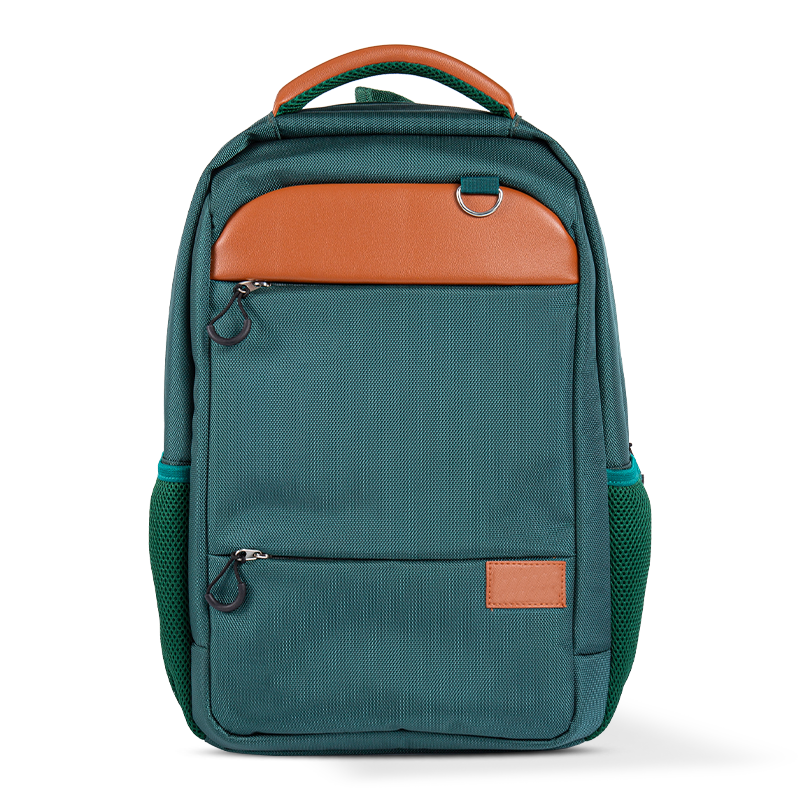
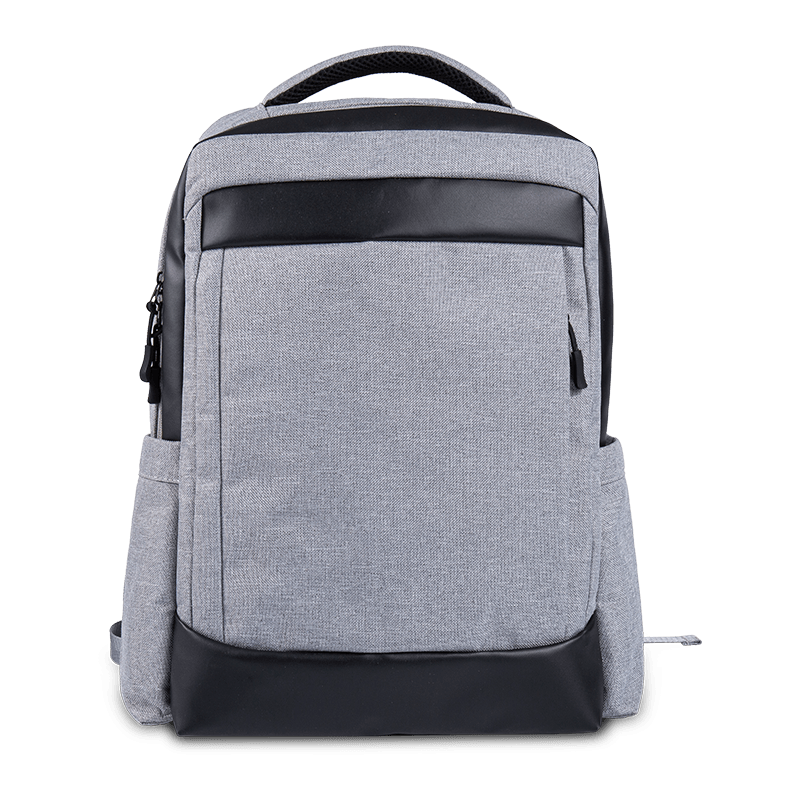
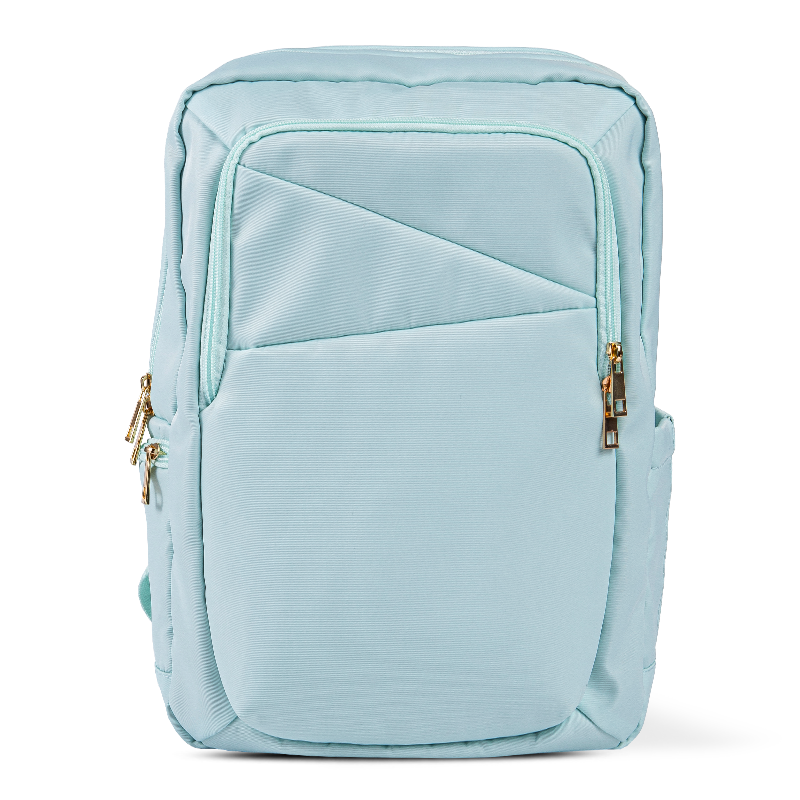
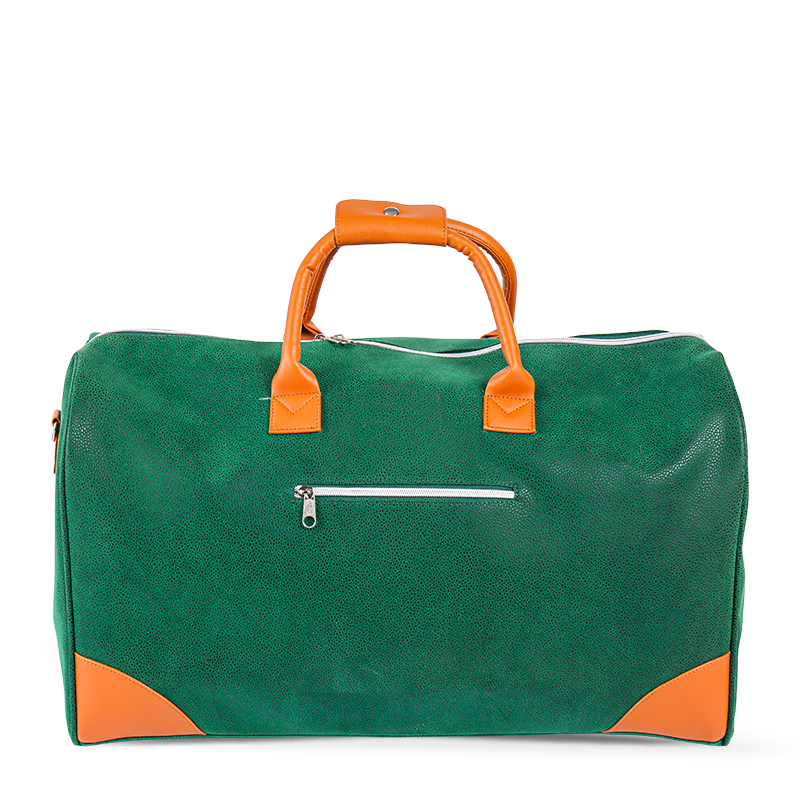


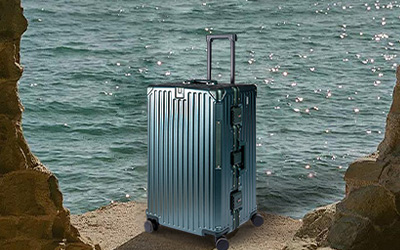
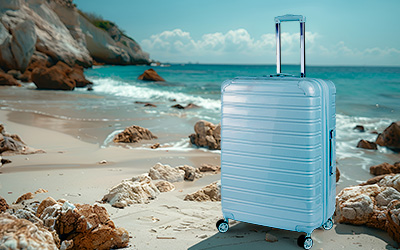

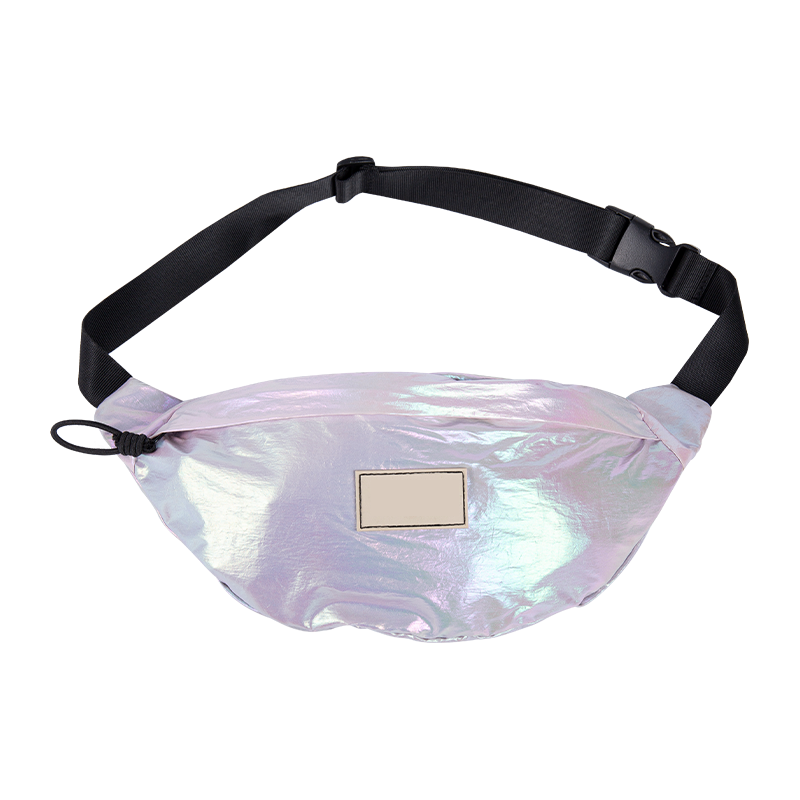
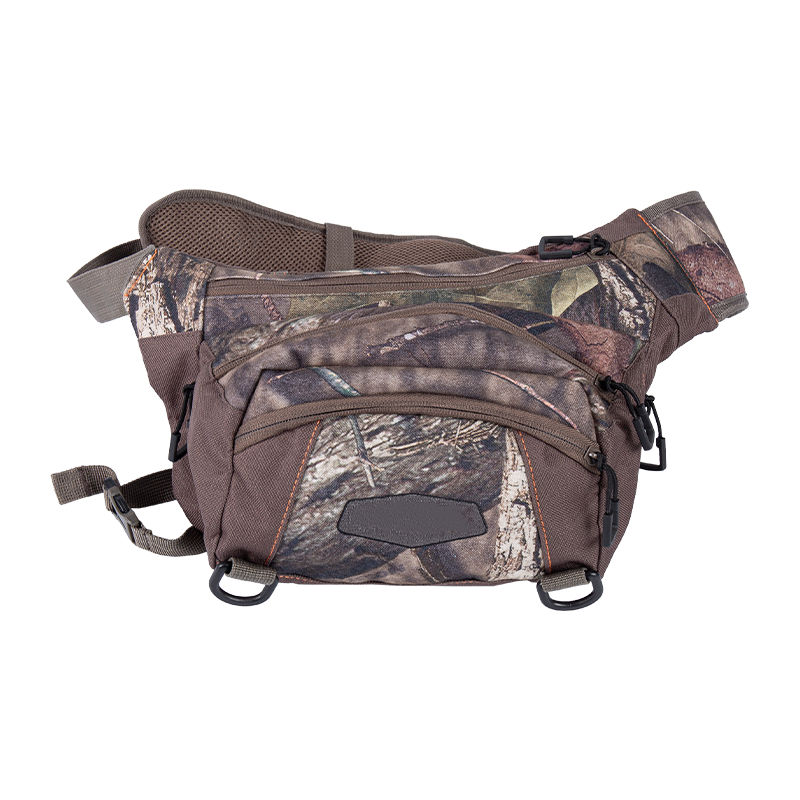



 English
English Español
Español عربى
عربى
